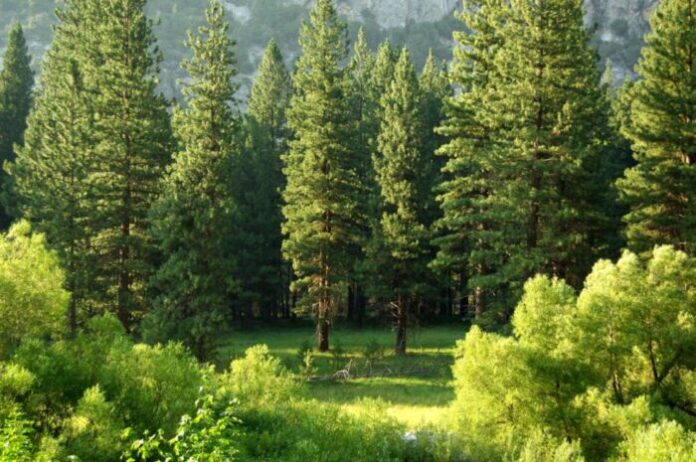
The fight against climate change also involves the planting of new trees. In particular, a generation of plants with a low chlorophyll content could be the winning weapon for containing temperature and climate change.
The development of modern human societies has always been accompanied by the introduction of new cultivated plants. Virtually all plant-based foods that arrive on our tables come from plant varieties that did not exist in the past. The “long march” for the creation of new plants has the age of modern man. It has gone through the selection and domestication of wild plants, genetic improvement through crossing and hybridization, mutagenesis (artificially induced genetic mutations in plant embryos) and transgenesis (transfer of genes from one species to another). Today the technology used is the so-called “genome editing”, that is the direct manipulation of the genetic code aimed at modifying its properties.
But if in the past it was aimed exclusively at improving the productive and technological characteristics of plants, today the frontier has widened, including above all sustainability. Indeed, it is urgent to select and create new plants that can contribute to the mitigation of climate change while trying to increase the productive potential of the varieties currently cultivated.
This is what the researchers Lorenzo Genesio, Franco Miglietta (CNR Institute for Bioeconomy) and Roberto Bassi (University of Verona) argue in the Opinion paper just published in the journal Global Change Biology in which they explain how the advent of a new generation of plants with low chlorophyll content could be one more weapon in the fight against climate change.
“A useful strategy to counterbalance part of the growing” greenhouse effect “is to increase the fraction of sunlight that is reflected from the earth’s surface which, returning back to space, does not contribute to its warming” – explains Lorenzo Genesio – “and this can also be done by growing new plants with low chlorophyll content; “paler” plants that reflect much more solar radiation ”.
Some research, and not only those done by the authors of the work just published, show that reducing the chlorophyll content not only reflects more sunlight, but can lead to higher photosynthesis rates and greater productivity. “In summary” – says Franco Miglietta – “cultivating paler varieties of plants (wheat, barley, corn, soybeans) is equivalent to reducing climate-altering gas emissions, with an effect of reducing temperatures on a local scale in the most densely populated areas”.
The idea is launched in the broader context of the European New Green Deal which aims to put into practice the brightest ideas that come from scientific research to design a more sustainable economy for a new generation of European citizens (Next Generation EU).



































